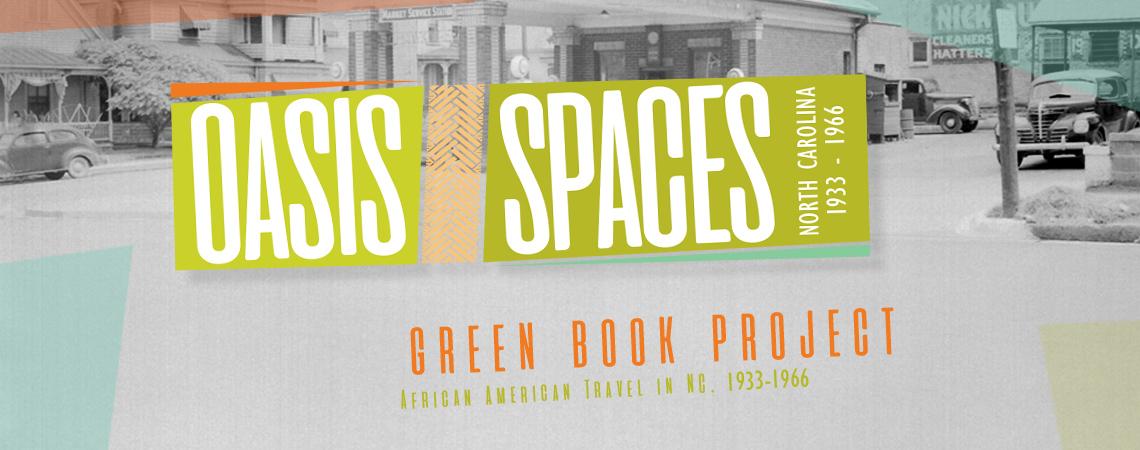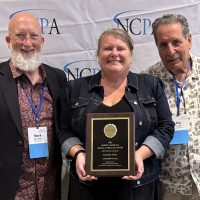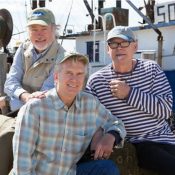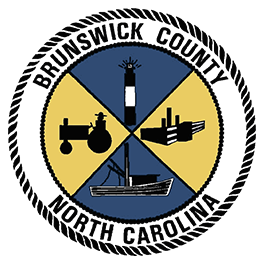
WILMINGTON — A temporary panel exhibit about the travel experience of African Americans during the legal racial segregation era will be on display in Cape Fear Museum of History and Science starting Friday through Aug. 29.
“Navigating Jim Crow: The Green Book and Oasis Spaces in North Carolina” traveling exhibit was created by the North Carolina African American Heritage Commission, a division of the state Department of Natural and Cultural Resources.
Supporter Spotlight
The exhibit explores sites from “The Negro Motorist Green Book,” published between 1936 and 1966. The travel guide included more than 300 businesses in the state from restaurants and hotels to tourist homes, nightclubs and beauty salons, in the three decades that it was published. More than 50 of the sites were in Wilmington.
The exhibit highlights a statewide network of business owners and sites that allowed African American communities to thrive, and that created “oasis spaces” for a variety of African American travelers, according to the museum.
The eight vibrant panels form the traveling display feature images of business owners, travelers, and historic and present-day images of Green Book sites in the state. The words of African American travelers and descendants of Green Book site owners are featured prominently in the exhibit. Each of the stories are from oral histories the African American Heritage Commission collected in 2018 and 2019.
Two identical versions of the exhibit are touring the state’s African American cultural centers, Historically Black Colleges and Universities, history museums, historic sites and libraries.
The next stop on the coast for the traveling exhibit is the Museum of the Albemarle. The panels will be on display Sept. 6-Oct. 29 at the Elizabeth City museum. For more tour dates across the state, visit https://aahc.nc.gov/green-book-project.
Supporter Spotlight
Also on the website there is an online exhibit that explores North Carolina’s Green Book Project, as well as details on the Green Book Project, listings, a project map and more educational resources.
The exhibit was made possible in part by the Institute of Museum and Library Services.







